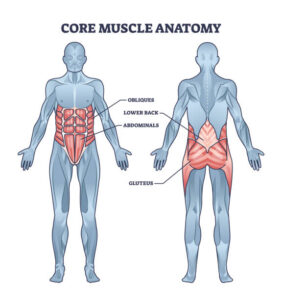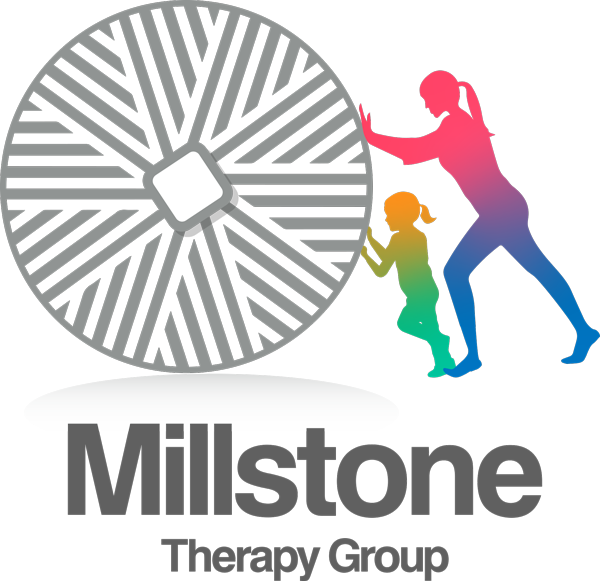Enhancing your child’s core strength is more than just building muscles; it’s about laying a foundation for their physical abilities and overall functionality. From sitting upright to participating in play activities, a strong core affects every aspect of your child’s daily life. But how exactly does it impact their development? And what can you do to support your child in strengthening this crucial area of their body? Let’s explore the intricate connection between core strength and your child’s well-being in the field of pediatric occupational therapy.
What is Core Strength?
Understanding foundational strength is fundamental when it comes to pediatric occupational therapy. Foundational strength, or core strength, is essential for core stability, postural control, muscle balance, and supporting functional movements in children. The core muscles surrounding the abdomen, pelvis, and back form the basis for maintaining an upright posture while standing and sitting without support.
For children, poor core strength can lead to difficulties in controlling fine motor skills like handwriting and participating in gross motor activities such as sports.
Identifying low foundational strength in a child can involve observing their posture during activities like writing. Signs of poor foundational strength may include:
– Slouching
– Using external support excessively
– Holding their head up with their non-writing hand
– Leaning into surfaces for support
– Fidgeting in their seat
– Fatigue during physical activities
– Trouble with playground equipment
– Difficulties getting up and down
– Reluctance to engage in rough play
Pediatric occupational therapists can help assess and address core strength issues to improve a child’s overall functioning and participation in daily activities.

How Does Core Strength Impact Daily Function?
When core strength is lacking, it impacts a child’s daily function in various ways, affecting their ability to engage in fine motor tasks and maintain focus during structured activities. Weak core strength can lead to difficulties in maintaining an upright posture, hindering the child’s fine motor skills. This, in turn, can have detrimental effects on handwriting, making it challenging for them to write with control and accuracy.
Additionally, poor core strength can result in a sloppy posture, impacting their attention span and ability to concentrate on schoolwork. Children with weak core muscles may struggle to sit still, constantly moving around to find a comfortable position, which can distract them from completing tasks efficiently. Developing core strength is crucial for improving fine motor skills, posture, attention, and overall performance in structured activities like schoolwork.
Does my Child Need to Further Develop Their Core Strength?
If you notice your child frequently slumping, fidgeting, or leaning on one hand during daily activities, they may need to further develop their core strength. Weak core muscles can impact your child’s posture, stability, and overall physical well-being.
Keep an eye on your child while they perform regular daily activities such as eating a meal, playing, participating in sports, doing chores, etc. If you notice constant leaning and posture adjustments while they are performing their routine, they may need to strengthen their core muscles.
How can I Help Improve my Child’s Core Strength?
To assist your child in enhancing their core strength and postural control, incorporating simple and engaging exercises into their daily routine is key. Try incorporating activities such as wheelbarrow races, obstacle courses, and animal walks at least 3 times a week.
Wheelbarrow races, where your child ‘walks’ on their hands while you hold their feet, help develop upper body strength. Creating obstacle courses with unstable surfaces like pillows can increase endurance and strength. Animal walks, such as pretending to be crabs or frogs, use the child’s body weight as resistance.
Set up a mini core strength circuit with exercises like superman stretches and plank positions. Encourage your child to explore playground equipment like swings and monkey bars to increase core strength. Additionally, remind them to maintain proper posture during seated activities to improve posture control.
These activities won’t only enhance their core strength but also make the process enjoyable and engaging.

Other Core Strengthening Activities
To further improve your child’s core strength beyond the activities mentioned earlier, incorporating a variety of engaging exercises can make a significant difference. Here are some other core strengthening activities that can help your child develop a strong core and improve postural control:
1. Sports: Most sports involve multiple muscle groups and can be an engaging way to strengthen your child’s core.
2. Yoga poses: Introducing your child to child-friendly yoga poses can’t only enhance their flexibility and balance but also engage their core muscles to maintain different postures.
3. Dance classes, martial arts, or gymnastics routines: Enrolling your child in dance classes, martial arts sessions, or gymnastics routines can provide structured and enjoyable ways to strengthen their core muscles through dynamic movements and exercises.
Conclusion
To sum up, nurturing your child’s core strength through pediatric occupational therapy can greatly enhance their posture, stability, and overall physical well-being. By incorporating fun and engaging activities, occupational therapists can assist children in developing better postural control for improved performance in daily activities. Remember, addressing core strength issues early can have enduring benefits for your child’s physical development and ability to thrive in different environments.






